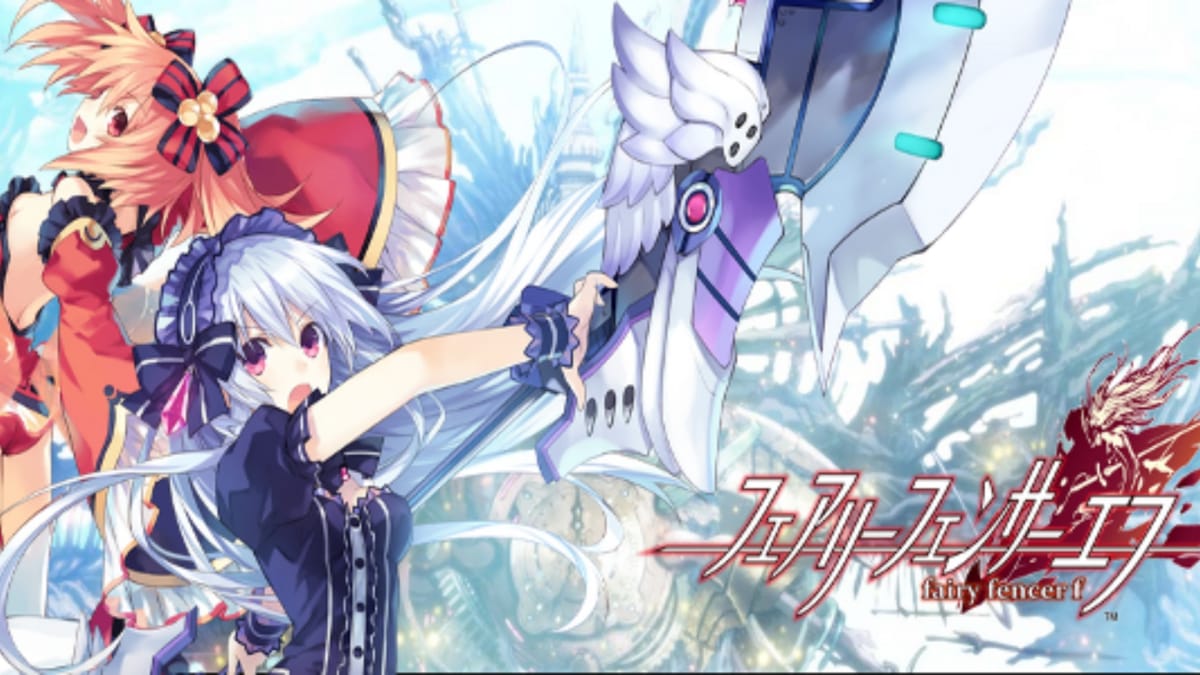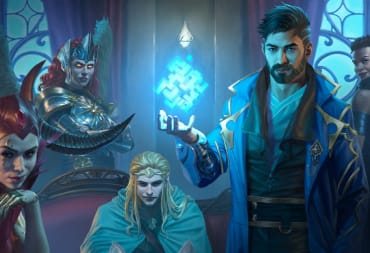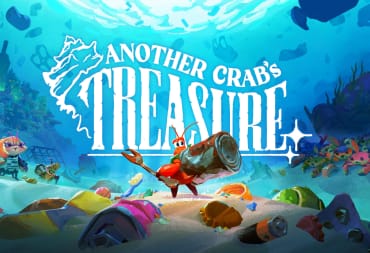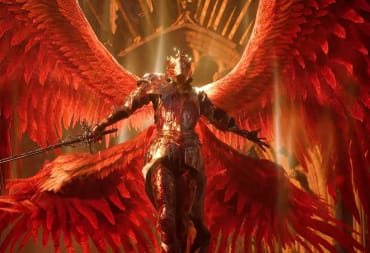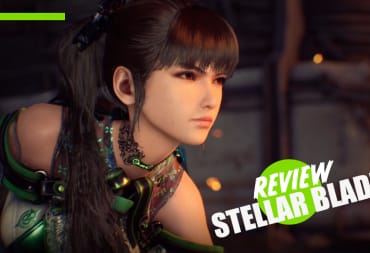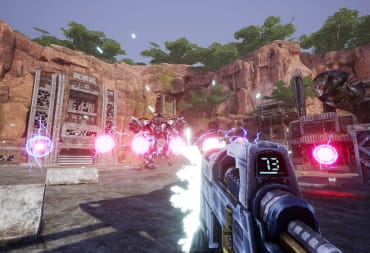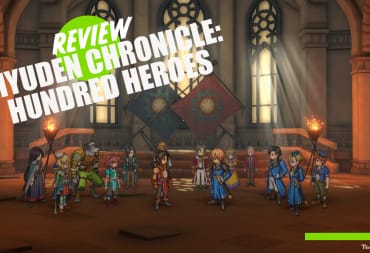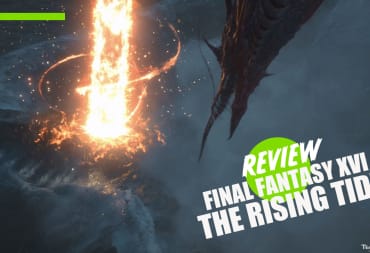It's much easier to critique a game that you hate or one that you WANT to hate. Sometimes you'll find a game that just seems ripe for you to rip apart - despite the various things that it may have done right. It's not always fair to a game, and in many cases, you have to reel yourself back - as much as writing videogame reviews is a matter of opinion, a critic should always take objectivity into account.
Of course, the same thoughts can also apply to a game that you like - that, in some ways, maybe equally easy to tear apart. Sometimes the hardest games to critique are the ones that you almost feel sympathy for - the ones that you can tell tried hard to be great, but maybe didn't quite make that cut. They may have traces of greatness here and there, but there's always that one thing that holds the entire product back - and sometimes multiple things that work together to barely hold it together. In some cases, you can overlook the flaws, but they are still there.
And some flaws you just can't ignore, and as such, I open this review by stating what may be obvious; Fairy Fencer F is a very flawed game... but it is also a flawed game with a character that tries and almost succeeds at being great.
Fairy Fencer F - Gameplay
The gameplay is solid, and manages to be fun - if not a little bit simple - but many of the enemies in the different dungeons are similar, if not downright the same. You end up fighting the same bosses many times over, and before the second half of the game really begins you will have already seen at least some dungeons that were little more than a recycling of a previous one. The combat is almost a mix between HyperDimension Neptunia - Compile Heart's older, more infamous series - and Falcom's own Kiseki games. You've got your turns system, and you've got that "tension" gauge, and you even have your "super" attacks that both series are well-known for.
It's enjoyable, and it manages to incorporate some new flavor into the formula with the Fairize system, but it can only do so much. You have the fury system as well, that when placing a sword on the world map, it can change the attributes of a dungeon - but it felt like little more than a means to an end, that you felt obligated to place them in order to climb Shukesoo's Tower and find some more unique content. The Godly Revival gives the illusion that you'll actually be caring about what you do with these furies, and what fairies to put in them... but after a certain point, the difficulty dissipates, making the entire system seem like an ordeal of an entirely different nature.y
Fairy Fencer F - Graphics
The art style and the character designs are wonderful, but most of it is wasted on recolors of the same enemy and environments that range from bland to somewhat interesting. Most of the time, the recolors had few, if any, differences besides some stats... and in one dungeon, the only major difference seemed to be one hallway and a color filter on the fog. The problem only gets compounded when you have to revisit EVERY dungeon and then some after getting past the first half of the game, as the enemies stop getting recolors and instead just get new names to go along with their stat boosts.
The music has some genuinely great tunes, and the Fairize themes for both halves of the game are especially memorable. This only makes the shortage of boss-specific arrangements even more frustrating - as the same boss theme is repeated over and over again, with little to no variation. Likewise, this highlights the issue with the dungeons being reused, as any dungeon tangentially related to another seems to have the same exact theme.
Fairy Fencer F - Story
The story is by far the best aspect of the game, but even it retreads much of the same ground. I won't spoil exactly why that is, but you literally end up going through many of the same events with only some slight changes. The characters are fantastically written - and the character development that some of them go through was a very unexpected but especially welcome surprise; it's just a shame that such development was only relegated to a few of the characters. Tiara, Fang, and Eryn especially go through some development that greatly fleshes them out as characters, while others such as Galdo and Pippin more or less stay the same. Of course, the development isn't just limited to characters on the cover... but part of me wonders if the other characters that got some major development were meant to be on the cover at some point, as they seem to play an especially important role in the story.
And honestly, one of the biggest problems with the game is the direction that it attempts to take; at some points, it tries to be a serious adventure, while at other times, it attempts to be a silly romp. I can understand if it started silly at first and then ramped up to become serious - and in some aspects, it did - but even then, the jokes keep flowing in. I wouldn't say that this is necessarily a problem, but rather that I'm still not sure if they managed to handle that balance all that well. I would be inclined to say that they did, but it's still a little worrying. The fanservice especially was a little aggravating, as it sometimes came during the worst times. And while I can shrug off some of it as comedic relief, at other times, it really wasn't necessary. I definitely don't have a problem with fanservice as a concept - but the way that it was practiced here was not the best example that I've ever seen.
Fairy Fencer F - Content and Gameplay Length
The game has a decent amount of content, but the main story can be completed in about 20 hours. The problem is that the game expects you to replay it multiple times in order to be able to stomach the challenge of some of the greater bosses on the Shukesoo Tower, meaning that you'll end up having to play through the entire campaign - retreading and all! - multiple times, just so you can get the stats to be able to take on the higher stories of the tower, and acquire the stronger furies in the Godly Revival. There are different endings depending on some dialog choices that you choose, and the sub-events that you watch - but the ending is all that really seems to change. You've got a lot of customization, but little of it seems necessary - and some of it outright obsoletes the super moves that you start the game with!
The Verdict
There's so much more I could say about the game, but in the end, I'll be repeating the same quips. Maybe the reason that I had so much to talk about is an achievement on its own, as the game definitely managed to grip me on various levels. I undoubtedly wanted the game to be great, and I can see the potential in the series, but Fairy Fencer F as it is today is hard to recommend based on objectivity alone. I'm sure that the game is something that most people who like JRPGs would enjoy on at least some level, but it's a game that only some of the most lenient fans will truly appreciate.
TechRaptor reviewed Fairy Fencer F on PC. It is also available on PlayStation 3. This review was originally published on 09-15-2014. While care has been taken to update the piece to reflect our modern style guidelines, some of the information may be out of date. We've left pieces like this as they were to reflect the original authors' opinions, and for historical context.
Review Summary
Have a tip, or want to point out something we missed? Leave a Comment or e-mail us at tips@techraptor.net
